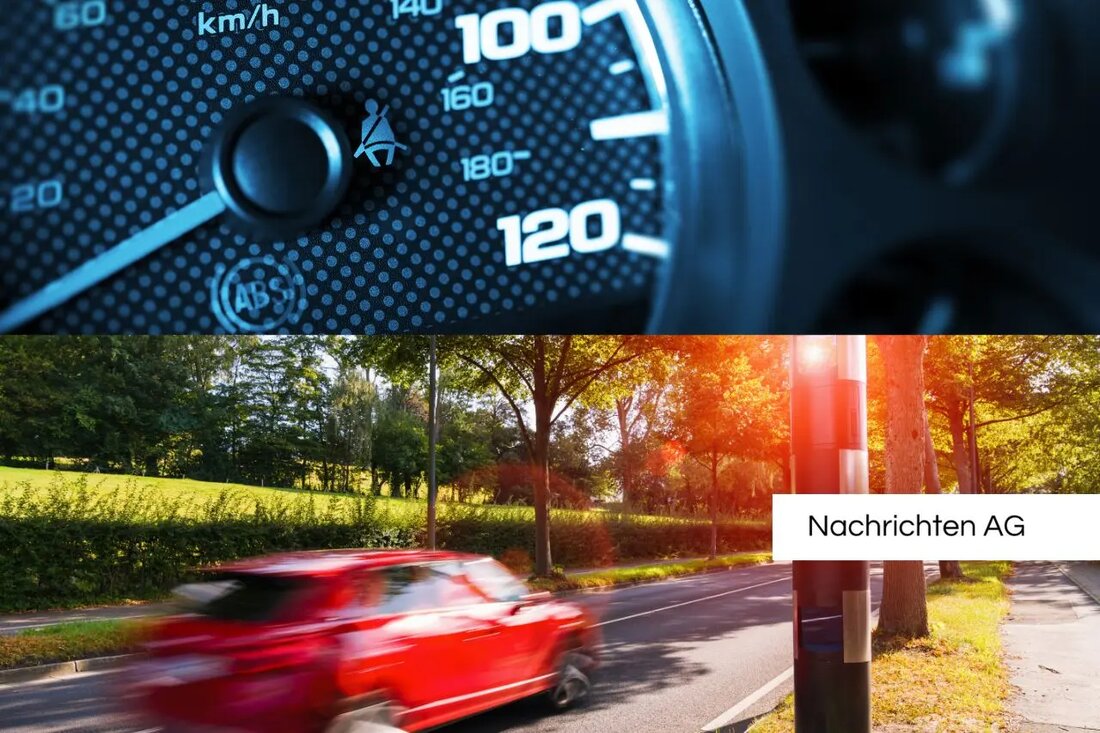Blitzer sensation in Offenbach: How to protect yourself from the trap!

Blitzer sensation in Offenbach: How to protect yourself from the trap!
On March 3, 2025, the speed monitoring is carried out in Offenbach am Main, especially on Bieberer Straße in the Bieberer Berg district. The permissible top speed here is 50 km/h. However, the speed camera has not yet been officially confirmed until 7:24 p.m., which means that drivers should remain attentive because such devices can be set up quickly. Mobile speed cameras usually use radar or laser-based technology for speed measurement and are known to often flash in one direction to capture the vehicles.
The use of such flash units by the police and regulatory authorities not only has the task of punishing violations, but also aims to raise awareness of traffic hazards. Speed crossing is one of the most common causes of traffic accidents, which is why monitoring at critical points is necessary. In addition, mobile red light flashes are increasingly being used to ensure traffic safety even when it comes to traffic lights. The catalog of fines regulates the sanctions for such violations that can range from fines to points in Flensburg to driving bans.
structure and technology of mobile speed camera
particularly highlighted is the flexibility of mobile speed cameras. These can be used both inner and outside and are particularly effective in peak times. The different types of lightning technology include radar controls, laser -based measuring devices and light barriers. It is important for drivers to know that mobile speed monitoring is often surprisingly, which increases the effectiveness of the measures.
Tolerance for speed measurements is another important aspect. At speeds under 100 km/h, 3 km/h are removed, while 3% of the measurement result is deducted at higher speeds. This means that drivers who exceed the speed slightly are not punished.
legal framework and punishments
The penalties for speed overruns vary depending on the severity of the violation and whether it is committed in urban or outside. A brief overview of the catalog of fines shows:
| urban
| |
|---|---|
| to 10 km/h | 30 |
| 11 - 15 km/h | 50 |
| 16 - 20 km/h | 70 |
| 21 - 25 km/h | 115 (1 point) |
| 26 - 30 km/h | 180 (1 month driving ban) |
| 31 - 40 km/h | 260 (1 month driving ban) |
| 41 - 50 km/h | 400 (1 month driving ban) |
| over 70 km/h | 800 (3 months driving ban) |
The legal framework for mobile speed camera is strict to ensure that traffic surveillance actually serves the security of all road users. Hidden speed camera are legal and must not be recognizable to drivers, which is often criticized in the public debate. Nevertheless, the main goal of these measures remains to improve traffic safety and prevent accidents.
In summary, it can be said that the speed monitoring by mobile speed camera is an important tool for increasing traffic safety in Germany. The regular review of the speed requirements, the use of the latest measurement techniques and the diverse possible uses show the relevance of these measures in road traffic.| Details | |
|---|---|
| Quellen | |
